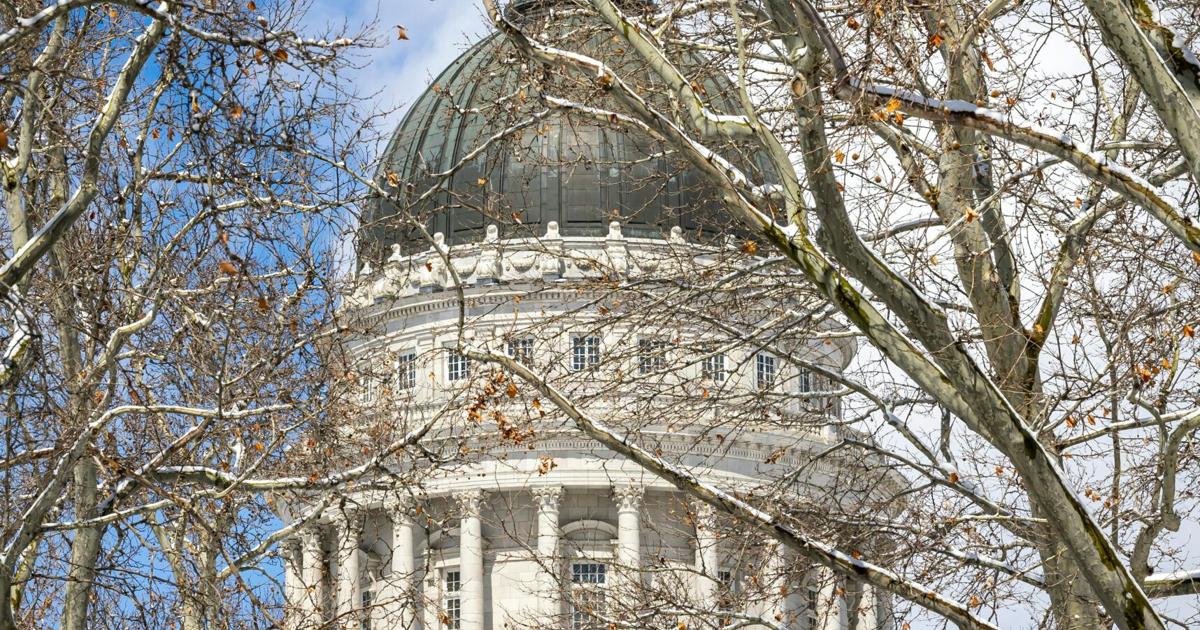WalletHub recently ranked Utah as the fourth best state to live in, based on 51 key indicators. Although the state scored above average on many metrics, it lags far behind most states in one crucial area: gender equity, which includes the presence of women in elected positions.
To track the progress of Utah women serving in politics, the Utah State University Utah Women & Leadership Project (UWLP) began reporting on the status of women in politics in 2014, with updates in 2017, and yearly since 2021.
“Research shows that when men and women serve together in communities, counties, and states, all residents are better served and more likely to thrive,” said Susan Madsen, UWLP director and Karen Haight Huntsman Endowed Professor of Leadership in the USU Jon M. Huntsman School of Business. “This last election cycle represented potential firsts, realized firsts, and included slight improvements in gender representation in some government areas. We also saw slight declines in others.”
The following is a summary of UWLP’s research and policy brief, “The Status of Women in Utah Politics: A 2025 Update.”
U.S. Congress: 16.7% of the Utah delegation to Congress is female, compared to 28.4% nationally. One of Utah’s congressional seats is currently held by a woman – Representative Celeste Maloy, who won re-election.
Statewide Executive Offices: Two of five (40%) Utah Statewide Executive Office seats are now held by women, compared to 31.6% nationally. The two women serving include Lieutenant Governor Deidre Henderson and State Auditor Tina Cannon, the first female auditor in Utah’s history.
State Legislature: 29.8% of Utah State legislators are women, compared to 34.4% nationally. Utah is ranked 34th in the nation in terms of women serving in the state legislature. Only 31 of 104 legislators are women. Five of the 11 leadership positions in the House of Representatives are held by women (two Republicans and three Democrats), and four women (all Democrats) serve in Senate leadership positions.
Counties: 20.5% of Utah county commission and council seats are held by women. Some 62.1% of the elected positions of auditor, clerk, recorder, and treasurer are held by women. County commissions and councils in Utah are overwhelmingly held by men at 75.7%.
Mayors: 22.9% of Utah mayors are women (58 of 253 cities), and 13 mayors of Utah’s larger cities (populations over 30,000) are led by women, up from three in 2017. Women mayors lead three out of four of Utah’s largest cities.
City Councils: 31% of council members in Utah municipalities are female. However, there are 50 cities with no elected women on their councils.
Boards of Education: Utah’s board composition is closely aligned with the national average, with women holding 53% of district board seats. Both Davis and Provo City School Districts have all-women boards.
“While we have seen slight progress in some areas of political leadership, there is still plenty of work ahead to improve Utah’s political representation of women,” Madsen said. “Representation is essential, and including the perspectives and leadership of women in our government at all levels will improve our communities and benefit all Utahns.”
Corinne Clarkson, a UWLP research associate, co-authored the research brief with Madsen.
Click here to read the full report.

